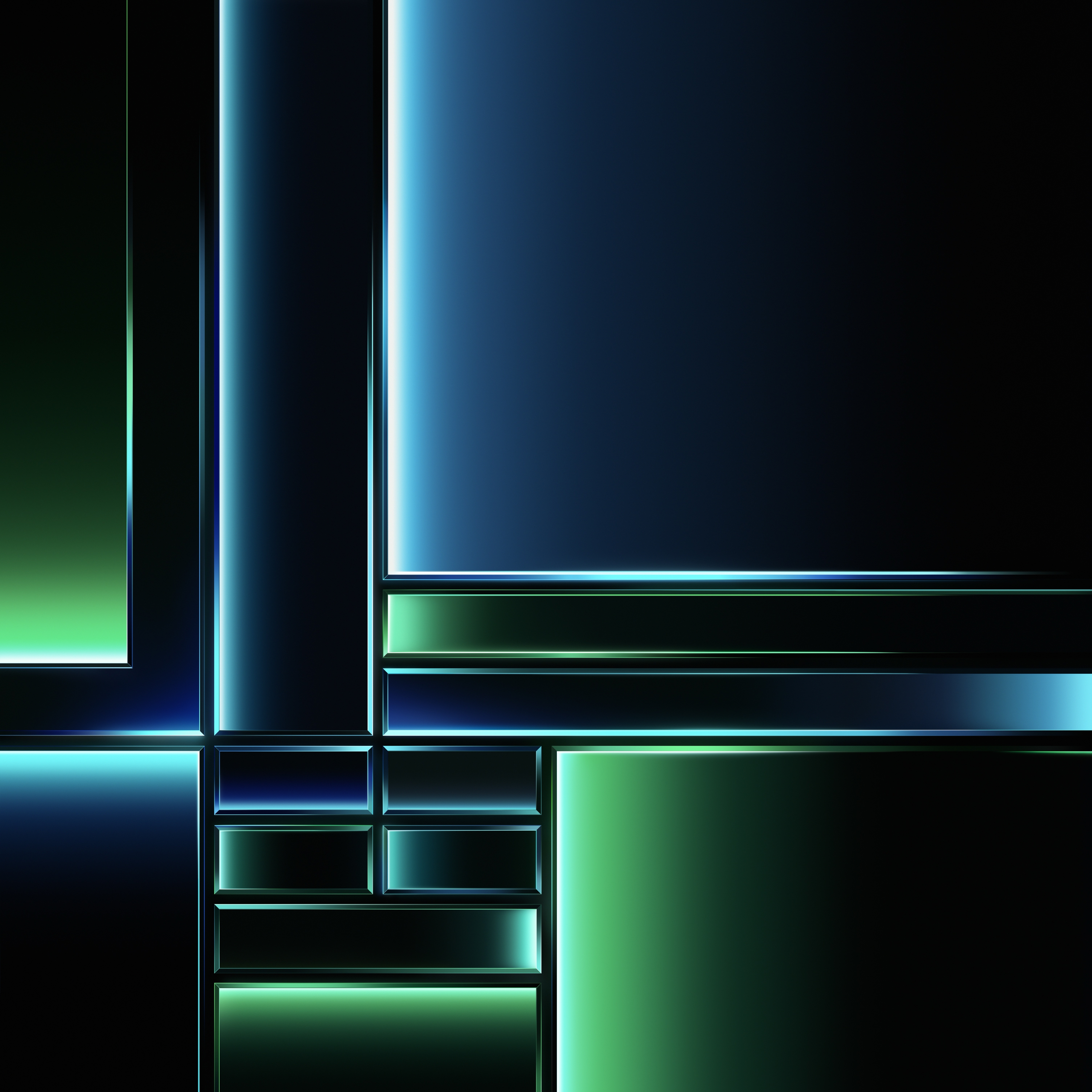-
Posts
2,356 -
Joined
-
Days Won
34
Content Type
Profiles
Forums
Events
Everything posted by Aaron44126
-
I have some apps that I know won’t work well in Wine. OneNote is a good example. (You can run it in Wine with some work, but syncing notebooks online is not possible.) There’s no comparable Linux product. I fully expect that if I were to switch, I’d still be running a Windows VM basically full-time.
-
So much for the "moderation council" made up of people with "widely diverse viewpoints". (Or does he think maybe the entire Twitter population qualifies to serve as the council?) The fun thing is, it's impossible to tell if his Twitter poll is a serious thing for him or a joke. 😕
-
Yeah, well, I have a big work project finishing up at the end of the year that's been consuming all of my time. I'm thinking about taking a week off and just spending it messing with Linux and see if I can make that feasible to switch to. 😛 (If I don't do something like that, I'll never have time to look into it.)
-
Yeah, it's the spectacle, combined with the fact that these other companies seem to be axing employees with the normal ebb and flow of business... while Twitter's cuts are coming from terrifically bad decision making. ————— Robin Wheeler, Twitter’s head of ad sales, seems to have left the company yet again, just over a week after Elon Musk reportedly had to convince her not to resign. https://www.theverge.com/2022/11/18/23467324/twitter-ad-sales-lead-robin-wheeler-reportedly-fired-salute I'd really like to see a real count of how many employees Twitter has now.
-
I think Twitter is too big to go away, but it could become something of a shell of its former self (think AOL, Yahoo!, MySpace, ...), if Elon doesn't manage to turn it around somehow. It wouldn't happen all at once, but over the course of the next few years as users get fed up with the turmoil and move to... I dunno, TikTok? He could probably find devs to work his crazy long hours for modest pay but I doubt he'll get very many good devs; anyone with chops would be able to pick up a more reasonable job without too much trouble. (Whenever we try to hire a new dev at work, it takes some time to find a good one, the market is very competitive.) Not sure how he's going to handle Twitter losing gobs and gobs of money, both from the interest payments on his debt and also the fact that the bulk of advertisers seem to have abandoned the platform. I guess bankruptcy and a sort of "reset" is probably in the cards. He's already mentioned that. I don't really care too much what happens to Twitter either way since I don't use it either, but this is just a fascinating situation to observe. 🙂 I used to have a much higher level of respect for Elon Musk. I've heard him talk about Tesla and battery technology and rockets and various things, and the guy is clearly very smart. Just somewhere in the past few years, his ego has gotten a bit out of control; he thinks that he knows better than everyone and "above the rules" to some degree, and it's starting to bite him. I wonder if there will be other consequences for Musk down the line. I mean, for example, he committed to a deal and then decided that it was a bad idea and spent months trying his darndest to get out of it, only to go through with it in the end when it became abundantly clear that he wasn't going to get his way in court. He drug the company that he was planning to acquire through the mud on the way there (not to mention what is happening to it now post-acquisition). Will anyone trust him if he says that he wants to buy another company?
-
Money. He offered a premium over the share price at the time. Investors would’ve been dumb not to take him up on it. Twitter forced him to go through with it because the people in charge wanted his money. (The share price fell considerably during that “turbulence”, but the price that Musk had to pay did not.) Shareholders don’t care what happens anymore because they are no longer investors. Musk bought them all out. He is hurting no one but himself at this point.
-
He did say that, but I wonder if he'd really be able to pass up the potential audience, especially given that Truth Social hasn't exactly taken off (and is mired with various issues), plus he is running for office again (despite mounting legal issues) and his Twitter presence was certainly part of what put him over the top in the 2016 election. (...But I think we should keep the thread focused on Twitter + Musk.)
-
Elon Musk starts revoking Twitter bans. https://www.theverge.com/2022/11/18/23466625/elon-musk-twitter-reinstatement-jordan-peterson-kathy-griffin-babylon-bee (A decision regarding Donald Trump "has not yet been made".)
-
Wait... The office isn't closed today after all? 😕 https://www.theverge.com/2022/11/18/23466220/if-you-still-work-at-twitter-and-you-can-code-head-to-the-hq-now
-
NVIDIA graphics driver update; Dell is sharing NVIDIA driver version 517.51 for Precision 7X60 and 7X70. https://www.dell.com/support/home/en-us/drivers/driversdetails?driverid=NXCYN (From the list of GPUs supported, it "should" support GPUs all of the way back to Precision 7X10, but it hasn't been pushed out for those systems on their support pages yet.) This is the first release from the 515 branch by Dell. (NVIDIA already has a newer branch, 525, and you can find those drivers on their site directly.)
-
Honestly, it's going to take them a bit of time to figure out who is still working there and who is not. (Filling out a "Google Form" was how Musk had people indicate their intent to stay and consent to the increased hours.) Some days ago, Elon Musk has stopped permitting pushing code to production without jumping through approval hoops. I think that he is a bit paranoid about sabotage.
-
I love reading The Verge articles on this whole situation, there are developments nearly every day. It's quite the spectacle. I saw estimates from departing employees... The number of people who declined Musk's "extreme Twitter 2.0" offer could be higher than 75% of the remaining workforce. Couple that with 50% of the employees being axed a couple of weeks ago and you're looking at a company that has lost almost 90% of its employees in less than a month. Entire tech teams are now either gone or nearly so. There's no one to run certain key infrastructure. I feel bad for anyone who might be on an employment visa or something and can't quit. I haven't seen any mention that the demand for more hours worked came with an increase in pay. But declining came with three months severance. Software engineers won't have too much trouble finding work in that time. Elon does have some decent lofty ideas for what Twitter could be, but running a social media / eCommerce platform (as he would like it to be) isn't a lofty goal to inspire people to work their butt off like say, getting people to Mars might be. Twitter has within the last day or two started recruiting for new software engineers, but who in their right mind would want to work for this guy at this point? He's treated the existing employees like trash and clearly has no concept of work/life balance that most people would desire.
-
Just noticed this and wanted to clarify as well. Intel RST RAID arrays are defined entirely off of metadata stored on the drives. (They are not defined by anything saved in the BIOS/firmware.) You can have a RAID array, switch to AHCI mode, switch back to RAID mode, and have the RAID array still functional. You can't use the RAID array while the system is in AHCI mode (of course) but as long as you don't touch the drive data, the RAID will automatically be working again when you switch back to RAID mode. People have done this to do firmware updates on drives, which sometimes is not possible while RAID mode is on. Because of this, you can also move a RAID array to a different system that supports Intel RST. Just move all of the drives over and Intel RST will automatically recognize the array, no configuration required. When using Intel RST with a single drive not assigned to an array, there is nothing different about how the data is stored on the drive compared to using straight AHCI/NVMe mode. The disk structure and partition layout is exactly the same. You can switch back and forth freely and you will still be able to access the drive data without trouble. (Indeed, if you use Linux, you don't have to take any special steps to switch back and forth and have the system boot up fine.) The only issue causing "bricking" is that Windows really expects the disk controller for the primary drive to be the same, always. If you boot to AHCI when the system was set up for RAID, it will try to load the RAID driver and fail, causing an "inaccessible boot device" BSOD. Booting safe mode once, as the directions linked above show, works around this. Windows will notice that the disk controller is different and set up the appropriate driver. Also note — switching from RAID to AHCI is easily done, and if you do that, you can also switch back to RAID mode later if you like using the same process, since Windows already knows about the Intel RAID driver and can "find" it when you boot safe mode. However, if Windows was installed with AHCI/NVMe mode on, switching to RAID mode can't be done using the same process unless you take additional steps to preload the Intel RAID driver. (I've done this before as well. It takes some specific registry work.) Some of the "gotchas" presented by @MyPC8MyBrain are true for older dedicated RAID cards, but not with the "lite" software RAID implementation in the Dell Precision laptops.
-
Here they are (maybe eventually) allowing users to add seconds to the taskbar clock, addressing one of my major gripes about this OS. It might seem like a small thing, but I rely on this on a regular basis. https://www.neowin.net/news/windows-11-will-soon-let-you-enable-seconds-in-system-tray-clock/ (Still plan to wait for the next LTSC before considering a switch.) [Edit] Today's Insider build also includes the option to show seconds on the taskbar clock. https://blogs.windows.com/windows-insider/2022/11/18/announcing-windows-11-insider-preview-build-25247/
-
This has not been my experience. Newly added drives will show up as individual drives automatically. There's not much of a safety concern. The RAID configuration (that is, which drives belong to which array) is not stored in the BIOS; it is stored as metadata on the drives themselves, so that Intel Rapid Storage RAID arrays can be "transplanted" between compatible systems with no configuration required.
-
It should be just like connecting any other type of drive. It "just works", even if RAID mode is enabled, if you don't put them in an array they will show up as individual drives. In BIOS setup you should be able to go to the "Storage" section and scroll down, and it will show you what drives are connected. It shows the drive model and capacity next to the toggle to enable or disable each M.2 slot. (Of course, if they are blank drives you will need to go to Disk Management in Windows and initialize+format them. They should still show up in Device Manager before you do that, though...) Note, this system will accept only M.2 NVMe drives and not M.2 SATA drives (even though M.2 SATA drives will physically fit).
-
.thumb.png.e841bc17c8cca329ac53db7523663d9a.png)
*Official Benchmark Thread* - Post it here or it didn't happen :D
Aaron44126 replied to Mr. Fox's topic in Desktop Hardware
I've always blamed retailers here. They should make it easier for people to buy in-demand products even when they don't have stock. Look at Apple. I know a lot of you don't particularly care for Apple products. But, when a new iPhone model comes out, it is without a doubt an in-demand hot tech item, and yet you don't see scalpers making money off of it for an extended period of time. Apple has a proper queuing system in place. The iPhone is never "out of stock" online, they just keep taking orders and pushing the delivery date back as orders come in. You might have to wait a bit longer to get one if you don't put your order in right at the start, but at least you can buy one and then just stop worrying about it until it shows up. What's the downside to doing it this way, from a retailer? They're going to make just as much money as people keep buying their stuff. And they'll have better customer satisfaction and less frustration. Whereas for GPUs, new game consoles, etc., you just see them as "out of stock" within seconds of going on sale, and for people who aren't paying attention, there is literally no way to buy one except from a scalper. Enough people are willing to pay the premium price scalpers demand, so the business survives. If GPU retailers would implement queuing / backorders, this then scalping would be either dead, or at least much less profitable. Enough people would be willing to wait a bit as long as they could actually put an order in with a realistic ETA, rather than deal with scalpers or try to fight to get one right when orders go live or when a restock happens. If you're worried about a situation like where scalpers or miners would abuse this to buy up hundreds of GPUs at once and clog the queues, just put in a limit of 1 or 2 items per physical mailing address (/ account / credit card / etc.) and keep it in place until demand settles down. (I'm aware of a case where eVGA implemented this, but it was something weird like "sign up to be on our list and we'll email you when its your turn to buy one", and if you missed the email within the time window then tough luck; to the back of the line for you. Just skip this nonsense and let people put an order in directly at the start.) -
I missed the meeting. Too much going on today. I can say though that my Precision 7560 fans definitely turn off on low load. They just don't make any noise when powering back on to low RPM. You wouldn't know if you weren't using a tool to watch the fan speed. (That said, I'd also love the option to have the fans never power off. I'm running a dynamic artificial CPU load to make that happen. I understand that HP has that option in their latest workstation, but if the idle fan speed is ≈2500 RPM, that's also bad...)
-
.thumb.png.e841bc17c8cca329ac53db7523663d9a.png)
anyone uses nvidia inspector. is 1981.beta the latest.?
Aaron44126 replied to raptorddd's topic in General Discussion
Inspect the shortcut properties and you should be able to find the commands it put in there. -
.thumb.png.e841bc17c8cca329ac53db7523663d9a.png)
anyone uses nvidia inspector. is 1981.beta the latest.?
Aaron44126 replied to raptorddd's topic in General Discussion
If you press "Create clocks shortcut" does it not create a shortcut for you with the right commands in it for the settings that you have chosen?





